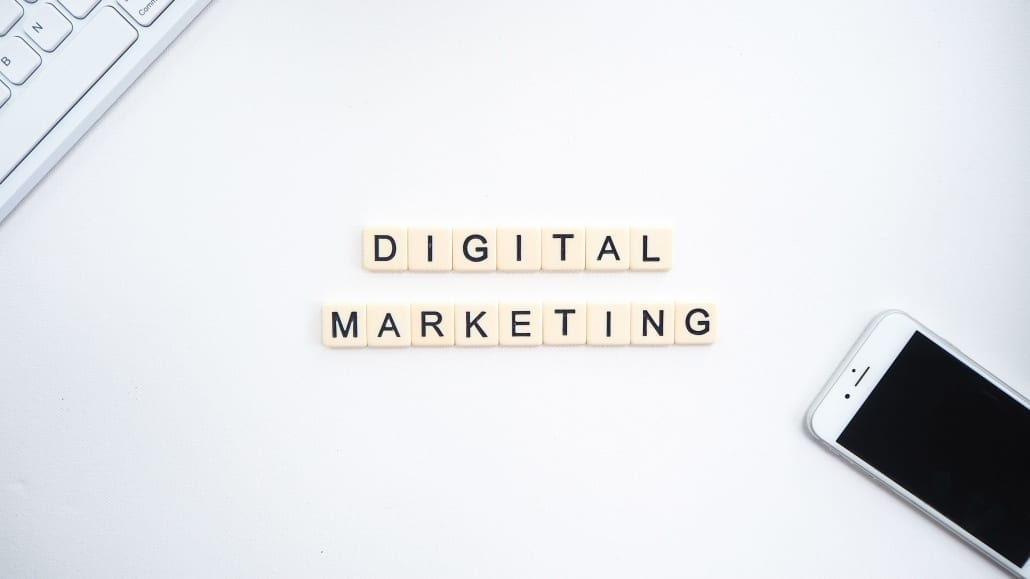When Small Things Get Big and Big Things Get Small

Traffic moving slowly, someone not lending a hand when we think they should, children too distracted to listen; these are the small temporary problems. We can chew these things in our minds over and over until they are always/never pronouncements in our minds. The small things mull around in our minds until they seem overwhelming. Take the magnifying glass off of the problem, see it as smaller and farther away, and see the change in your perspective as the starting place for solving the problem. The words we use to describe the problem in our minds often magnify the problem. Look at the examples and see if you can change the sentence to something you would have control over.
“He never takes out the trash.”
“She always complains.”
“The kids never pick up their toys.”
“He never helps in the kitchen.”
“She’s always busy.”
“He never wants to do his homework.”
Problem statements can easily get cemented in our minds. They roll around over and over. They are a constant problem. When our minds are full of these small things, we don’t have room for the big things that are really important, so we make the big things small and ignore them. The big things are a) building sustainable relationships and b) creating healthy habits. Make a list of things you can do to begin focusing on the big things that have a long-lasting impact on your life and the lives of the important people around you.
- Spend family time together.
- Exercise or take a walk.
- Take time to relax and have fun.
- Listen attentively and notice when problems arise.
- Have fun cooking a healthy meal with a friend.
I enjoy spending family time with my daughter, who is my good friend, while we are sharing recipes and cooking a favorite meal together. She lives 2700 miles from me, but our homes come together through Facetime. We enjoy our cooking time together so much that we both got an Alexa Show for Christmas. These are precious moments – the big stuff – where we each share our family moments. There are times when I realize I just spent two hours on the phone with my daughter, but we are building important relationships and as a bonus creating delicious nutritious meals.
We can flip the switch on our perceptions, pay attention to the things we have control over, and understand that others will see things differently. Pay attention to statements that include, “always” or “never.” Most things are not that absolute. More often we are speaking from our own perceptions magnifying the situation with absolutes. We can’t control other people, but we do have control over our perceptions and reactions.
Get help if the big or small things feel overwhelming. Don’t wait until a crisis takes over your life. Reach out to a professional counselor or Certified Life Coach if you need help to flip the switch on your perspective, so you can see the small things for what they are, and manage the big things in your life.
As a Creative Entrepreneur, you want to focus on the big stuff, being healthy and creating sustainable relationships. You need relationships to build your customer base, and you need to be vibrant and healthy so you will have the energy to provide your product or service.
About the Author

Contact Nancy to learn more about her Coaching Package, Find Success as a Creative Entrepreneur.






